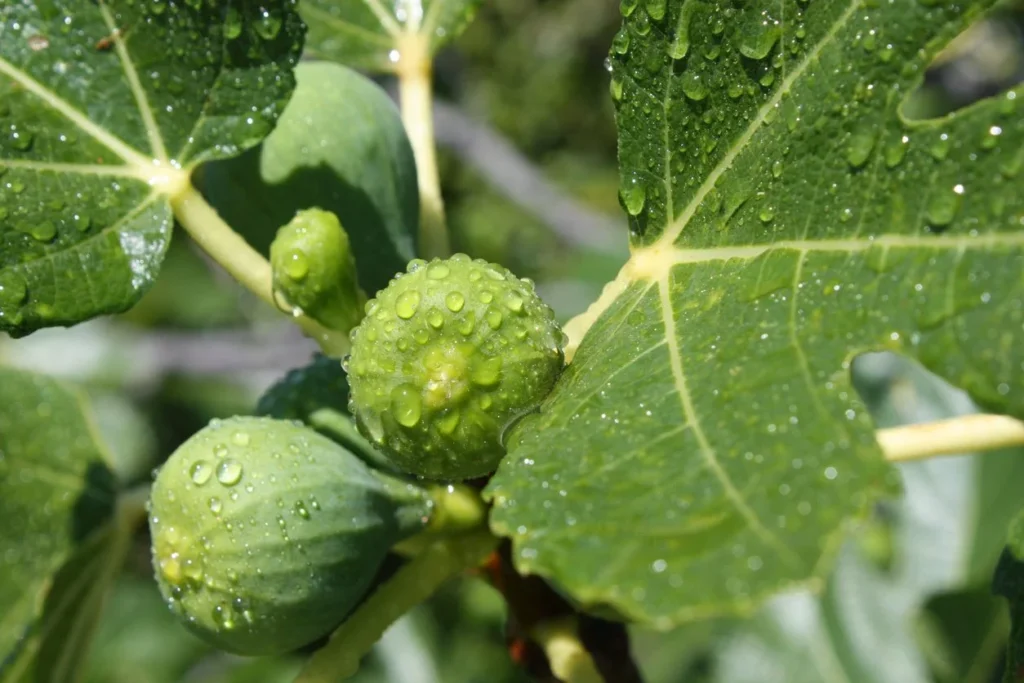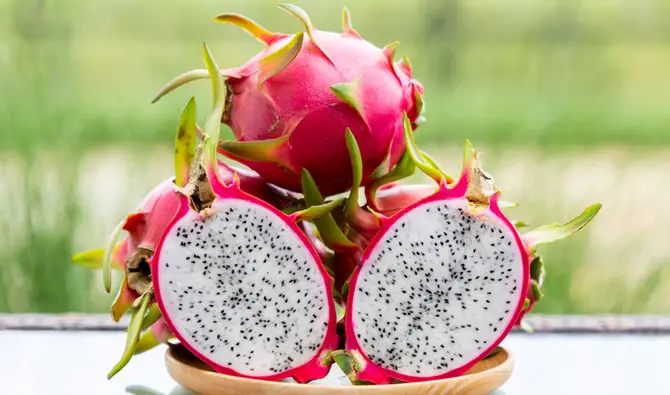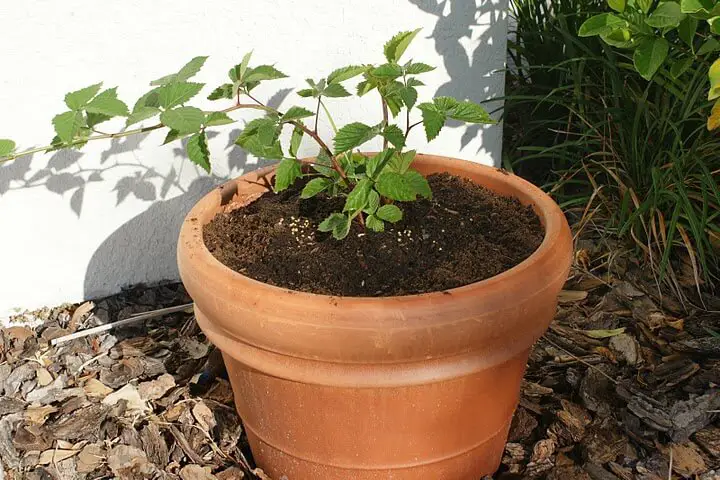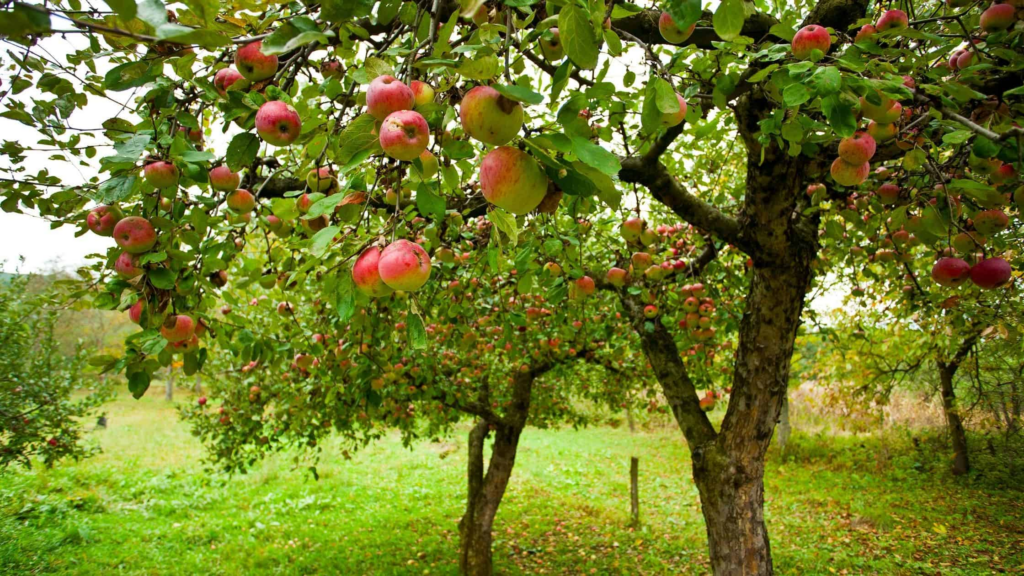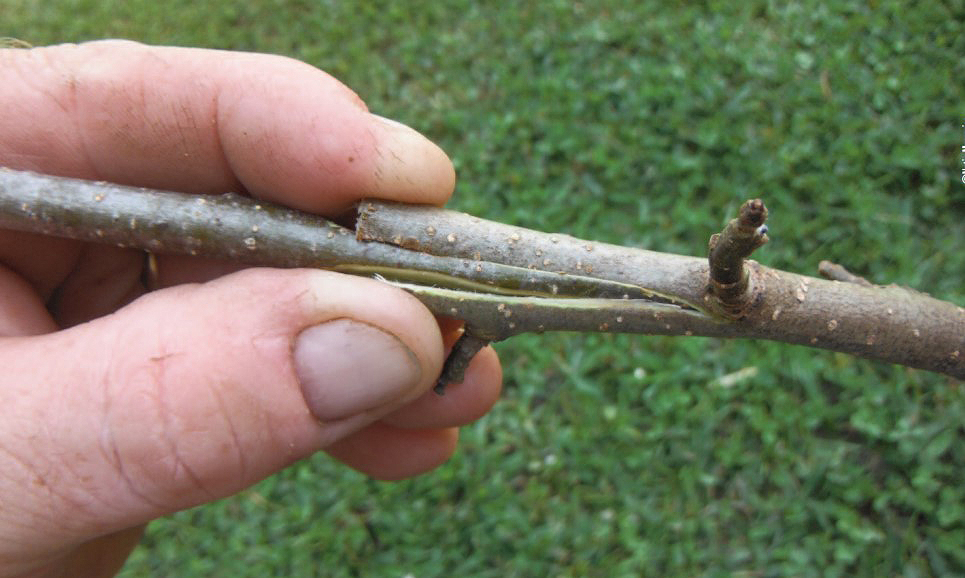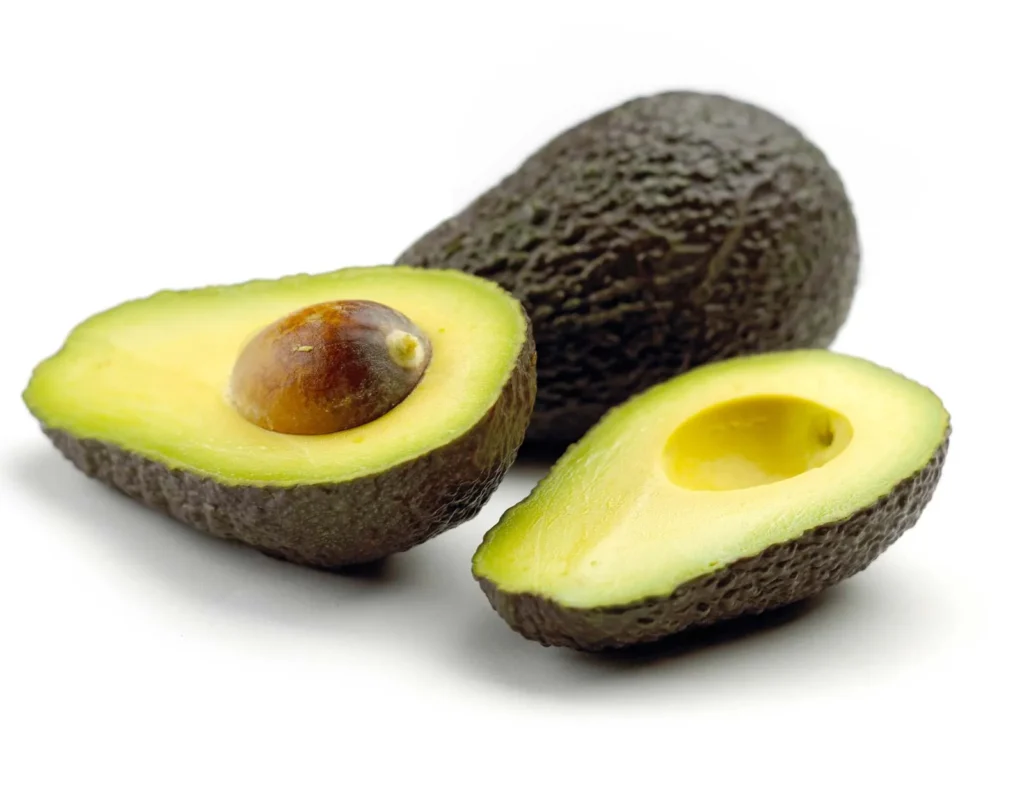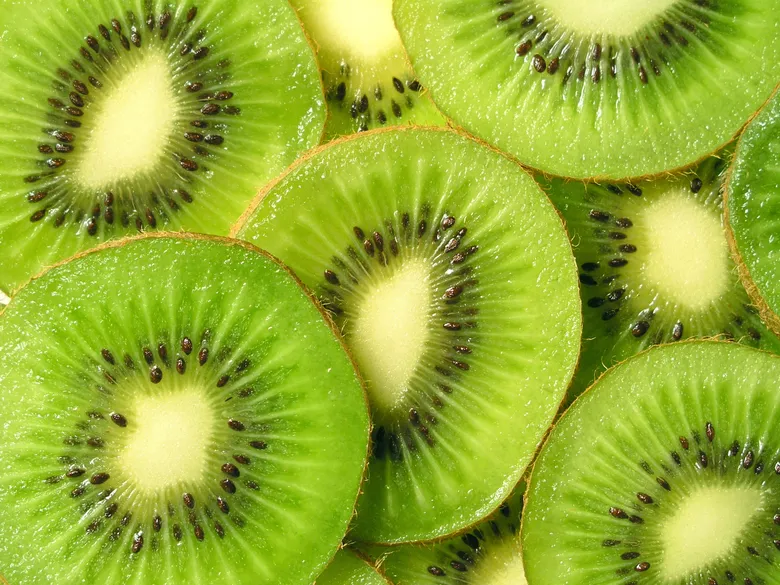Do you love the sweet taste of blueberries? Adding these wonderful fruits to your garden can be a fantastic idea. But, to get the best from your blueberry plants, it’s a good idea to grow them alongside other plants that help them thrive even more. This is known as companion planting.
Companion planting means you’re putting different kinds of plants close to each other because they help out one another. This can be by keeping pests away, giving each other nutrients, or helping to make the soil better. here, you can learn about the 12 plants that are great friends to blueberries and can lead to a bigger and better harvest.
Table of Contents
Understanding Companion Planting
Companion planting is all about growing a mix of plants together for their mutual benefit. People have been doing this for a long time to get more from their crops without using too many chemicals.
When it comes to blueberries, companion planting can really help. Blueberries have their own unique needs when it comes to the soil and what they like to ‘eat.’ So, by choosing the right plants to grow with them, you can keep the soil healthy, bring in good insects like bees, and stop bad bugs from attacking your plants. Plus, some plants can give shade and stop the soil from losing too much water, which blueberries really like!
Top 12 Companion Plants for Your Blueberry Garden
When you choose companion plants for blueberries, you’re setting up a healthy garden environment. The right companions can fight off pests, make the soil healthier, and bring in helpful bugs. They can lead to a more fruitful blueberry harvest that’s packed with flavor and goodness.
1. Azaleas
Azaleas are lovely flowering shrubs that are good friends to blueberry plants.
Azaleas and blueberries both love sour (acidic) soil. When you plant them together, they can happily share the same spot. Azaleas can shade blueberry plants from too much sun and bring bees and butterflies over to help the blueberries pollinate.
Azaleas come in different colors and shapes, which means they can make your garden look amazing. You can plant them around your blueberry plants or mix them in between. But, be careful if you have animals that graze — azaleas are not safe for them to eat.
2. Rhododendrons
Rhododendrons are kind of like azaleas’ big brother and another buddy to blueberries.
They like the same sour soil, can give some shade, and their flowers are like a dinner bell to pollinators. Plus, they come in many pretty colors and sizes for any garden design. Be sure to keep rhododendrons away from kids and pets, though, as they’re not safe to munch on.
3. Ferns
Ferns are super at keeping the ground moist, which is perfect for blueberries that need to drink a lot.
They love the same damp soil conditions and can make the moisture stick around for the blueberry plants. You can plant different kinds of ferns to give a natural forest feel to your blueberry patch.
4. Huckleberries
Huckleberries are actually related to blueberries and make for a great planting buddy.
They can share the shade and help each other by attracting pollinators. You might also get an extra treat when huckleberries start giving their own yummy berries. Finding them in stores might be tough, though, and they can take time before they’re ready to harvest.
5. Lingonberries
Lingonberries come from the same family tree as blueberries and are good companions, too.
They like a bit of shade and are good at inviting pollinators over. Lingonberries have a bright red color and like the same sour and wet earth. But, just like with huckleberries, they can be hard to find in plant nurseries.
6. Wintergreen
Wintergreen and blueberries are a match made in garden heaven since they both enjoy sour soil.
Wintergreen creates a nice ground cover and has cute white flowers and red berries. It also likes the same kind of shade and damp soil. Plus, you can use wintergreen leaves to make a fresh tea. Watch out if you have farm animals, though — it’s not safe for them to eat.
7. Cranberries
Cranberries are another berry buddy that come from the same plant family as blueberries.
They can shade each other and help draw in those pollinating insects. Cranberries can mean another berry treat for you. They, too, prefer sour soil and staying wet, but finding them might require some searching.
9. Wild Blue Lupine
Wild blue lupine is a native plant that’s good for the soil and for blueberries.
It grabs nitrogen from the air and puts it into the ground, giving a nutritious boost to its plant neighbors like blueberries. Its deep roots break up the earth, which helps the blueberry plants’ roots spread out and absorb more nutrients.
Lupines help blueberries grow better because they make the soil loose, so water and nutrients can get to the blueberry roots more easily. They also bring bees and other helpful insects to the garden, which blueberries need to make fruit.
9. Chives
Chives are great to grow with blueberries because they keep away bugs like aphids, mites, and thrips. Their roots don’t take up much space, so they won’t bother the blueberry plant’s roots. Chives taste a bit like onions and can be used in lots of recipes. They also make the garden look nice with their purple flowers.
10. Tansy
Tansy is a plant that comes back every year and is good at keeping bugs away. It can help keep ants, flies, and mosquitoes away from blueberry bushes.
Tansy also has roots that go deep, which is good for the soil. But be careful because tansy can spread a lot, so it’s best to grow it where it can’t take over.
11. Marigolds
Marigolds are great for growing with blueberries because they bring in good insects like ladybugs and lacewings. These insects eat pests that can hurt blueberry plants.
Marigolds’ strong smell can also keep away bad insects like nematodes and whiteflies. Plus, they’re easy to grow and their bright colors make the garden look happy and pretty.
12. Nasturtiums
Nasturtiums are not only beautiful to look at but you can also eat them. They have small roots that don’t bother the blueberry plants. They attract good insects like hoverflies that eat aphids and other bugs.
The flowers of nasturtiums are spicy and can be added to salads and dishes. They come in many colors and make the garden look full of life.
Wrapping Up
As shown, there are a lot of different plants that you can grow beside blueberries.
When you choose companion plants for your blueberries, they can grow better and make more berries.
So when you’re planning to plant blueberries, think about adding some companion plants too. It can really help your blueberry plants.
